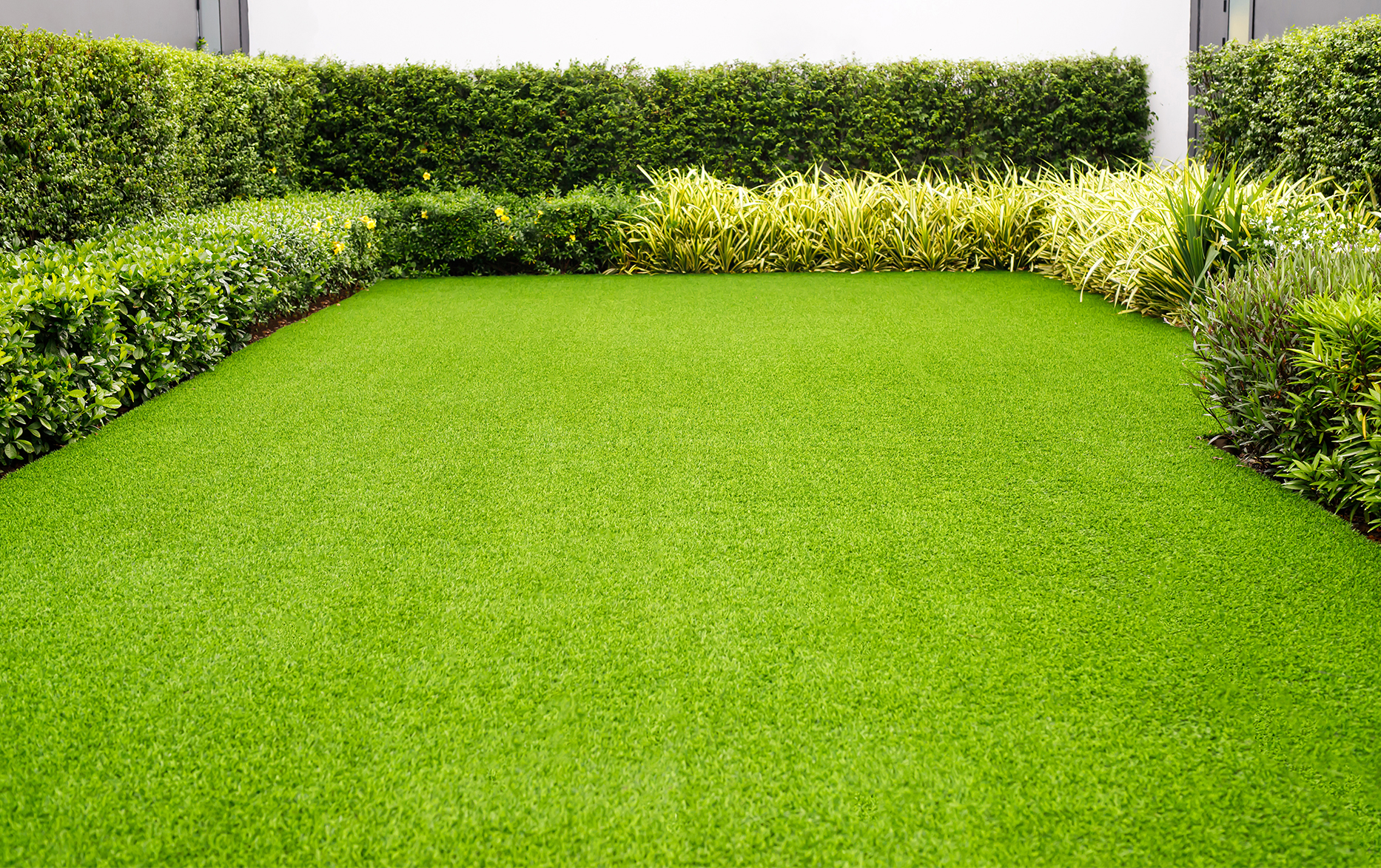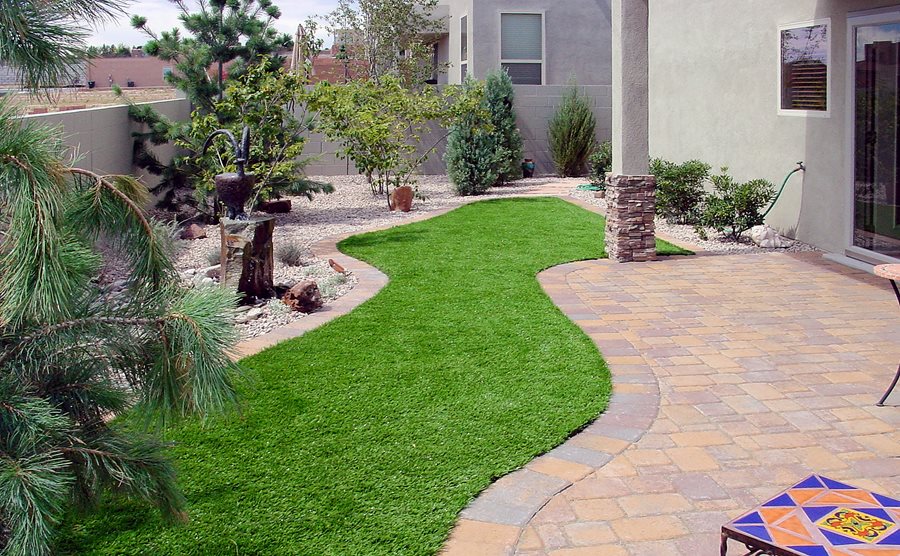Upgrade Your Outdoor Space with Arizona Artificial Turf for a Lush Green Look
Upgrade Your Outdoor Space with Arizona Artificial Turf for a Lush Green Look
Blog Article
Delve Into the Environmental Benefits of Opting for Artificial Lawn Solutions
The fostering of man-made grass remedies offers a compelling possibility to deal with pushing environmental obstacles. By considerably minimizing water usage and reducing the application of dangerous chemicals, these choices not just advertise lasting landscape design however also shield neighborhood environments. The lower carbon impact connected with reduced upkeep tasks adds to an extra lasting method to land monitoring. The ramifications of these benefits expand beyond plain preservation efforts, raising inquiries concerning their lasting effect on habitat preservation and general ecological balance. Discovering these measurements discloses a complicated interplay worth taking into consideration.
Water Preservation Benefits
One of the most considerable advantages of synthetic turf is its capacity to preserve water. Standard lawn yards require substantial irrigation, especially in locations prone to dry spell or water constraints. On the other hand, man-made grass does not require watering, considerably reducing the general need for water resources. This attribute is particularly valuable in deserts where water shortage is a pressing worry.
By eliminating the requirement for regular watering, synthetic grass adds to lasting landscape methods and helps minimize the environmental impact of too much water intake. The conservation of water prolongs to the reduction of drainage, which can lead to soil erosion and river air pollution.
In addition, the installment of synthetic grass permits towns and homeowners to allocate water sources more efficiently, concentrating on important usages such as drinking water and farming. The change in the direction of synthetic lawn not just promotes responsible water use but additionally aligns with broader environmental objectives aimed at preserving all-natural sources.
As areas increasingly prioritize sustainability, the water conservation benefits of artificial turf offer a compelling situation for its adoption in industrial and household landscape design tasks.
Lowered Chemical Use
The transition to artificial grass significantly reduces the dependence on chemical therapies typically made use of in natural lawn upkeep. Traditional lawn administration normally includes the application of chemicals, plant foods, and herbicides to advertise growth and control parasites. These chemicals can position dangers to human health, neighborhood wild animals, and the setting, contributing to dirt and water contamination.
In contrast, synthetic lawn removes the demand for these hazardous substances. By lessening the release of artificial compounds into the ecological community, fabricated grass advertises healthier dirt and water systems.
Moreover, the absence of chemical drainage related to synthetic grass installments aids secure regional rivers from pollution, sustaining marine life and preserving biodiversity. Phoenix turf companies. As areas increasingly focus on sustainable methods, selecting man-made grass provides a feasible option that lines up with ecological conservation goals. Through this shift, residential or commercial property proprietors can take pleasure in lush green areas without jeopardizing ecological wellness, leading the way for a more sustainable future
Reduced Carbon Impact

Furthermore, the installation of synthetic grass can cause considerable water preservation. All-natural yards need substantial quantities of water for watering, which not just contributes to the carbon impact connected with water extraction and treatment however additionally strains local water resources. On the other hand, synthetic grass needs minimal upkeep, requiring no watering, thereby dramatically decreasing water use and its linked energy prices.
Additionally, the durability of synthetic grass contributes to its decreased carbon influence. With a life expectancy of up to 15 years or more, the requirement for frequent substitutes is decreased, leading to much less waste and reduced energy consumption in production and dealing with standard grass options. On the whole, synthetic grass offers a lasting choice for eco conscious landscape design.
Environment Conservation
Environment preservation is an essential factor to consider in the argument image source over landscaping selections, especially when contrasting man-made grass to natural yard. Natural turf yards frequently call for comprehensive upkeep, consisting of making use of herbicides, fertilizers, and pesticides, which can detrimentally impact local communities. These chemicals can seep into the soil and waterways, hurting native flora and animals and interrupting local environments.
Fabricated lawn removes the need for hazardous chemicals, consequently shielding close-by wildlife and keeping the honesty of surrounding environments. The setup of fabricated grass can lead to the conversion of previous yard areas right into even more biodiverse landscapes, such as pollinator yards or native plant locations, which can sustain local wild animals.
Ultimately, the shift to synthetic grass not just preserves water and minimizes maintenance efforts yet additionally fosters a more harmonious partnership in between human tasks and the natural setting, advertising environment conservation at the same time.
Long-Term Sustainability
Lasting sustainability is an important element in evaluating the benefits of synthetic grass over traditional grass lawns. Among one of the most substantial advantages of man-made turf is its resilience; it can last up to 15-20 years with minimal maintenance, whereas natural grass requires constant reseeding and substitute. This durability decreases the need for consistent resources, such as water, plant foods, and pesticides, which are crucial for keeping a healthy and balanced yard yard.
Additionally, fabricated turf adds to a reduction in carbon discharges associated with lawn care equipment. Standard yards commonly require gas-powered mowers, trimmers, and blowers, every one of which add to air contamination. Turf installation phoenix az. On the other hand, synthetic grass eliminates the demand for such equipment, promoting a cleaner environment
In addition, the production of artificial grass significantly utilizes recycled products, boosting its sustainability account. As makers embrace green techniques, the ecological footprint of fabricated turf remains to decrease.

Final Thought
The fostering of synthetic grass solutions presents substantial ecological advantages, including considerable water conservation, lowered dependence on harmful chemicals, and a lower carbon footprint. Man-made look at here now turf aids in protecting natural habitats by minimizing land disturbance and advertising long-term sustainability with the use of resilient materials. Collectively, these factors emphasize the potential of synthetic grass to add favorably to environmental wellness and use a viable option to traditional landscape design practices in a significantly resource-conscious world.
In contrast, man-made lawn does not need watering, significantly decreasing the general demand for water sources. By minimizing the launch of synthetic substances right into the ecological community, synthetic grass promotes much healthier dirt and water systems.
In addition, the installation of artificial lawn can result in substantial water preservation. In comparison, man-made grass requires minimal maintenance, requiring no watering, thus considerably reducing water usage and its linked power costs.

Report this page